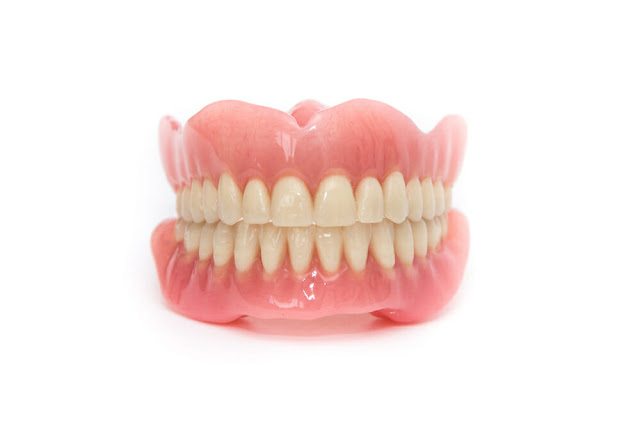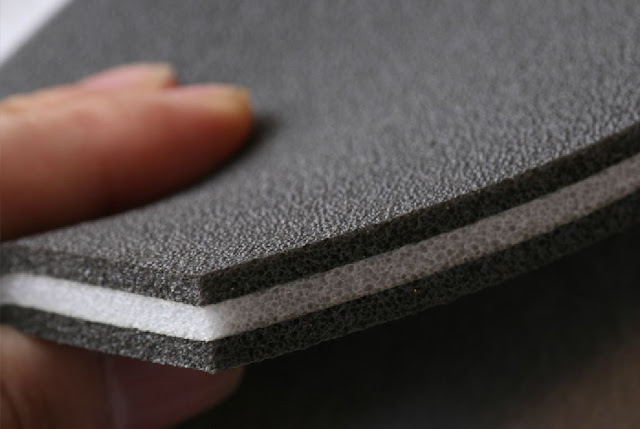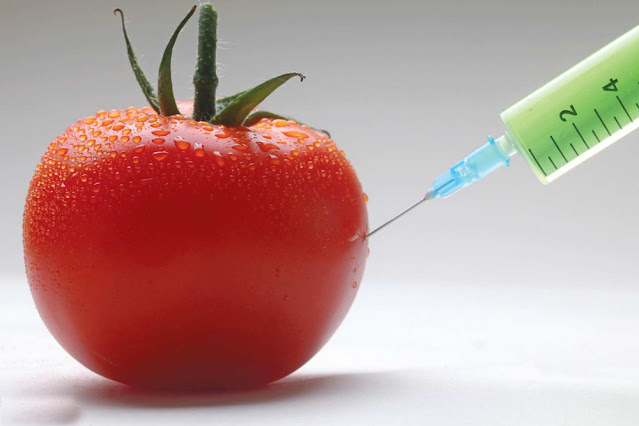Analyzing the Acrylic Teeth Market Landscape
 |
| Acrylic Teeth Market |
The Acrylic Teeth Market refers to the global market for
dental prosthetics made from acrylic materials, including dentures, partial
dentures, and other dental appliances. These acrylic teeth are commonly used in
restorative dentistry to replace missing teeth and restore oral function and
aesthetics for patients. The market encompasses the manufacturing,
distribution, and utilization of acrylic teeth by dental professionals and
patients worldwide.
Global Acrylic Teeth Market is estimated to be valued at USD 478.8 Mn in 2024 and is expected to
reach USD 856.4 Mn by 2031, growing
at a Compound annual growth rate (CAGR)
of 8.7% from 2024 to 2031.
The Acrylic Teeth Market serves as a vital component of the
dental industry, providing patients with affordable and durable solutions for
tooth replacement and restoration. Acrylic teeth are designed to mimic the
appearance and functionality of natural teeth, offering comfort, stability, and
aesthetics to individuals with missing or damaged teeth. The market includes a
range of acrylic dental products tailored to meet various patient needs and
treatment preferences.
Key Players
in the Acrylic Teeth Market
Key players in the Acrylic
Teeth Market include dental laboratories, dental prosthetic
manufacturers, dental clinics, and dental product suppliers specializing in
acrylic dental solutions. Leading companies such as DENTSPLY Sirona, Ivoclar
Vivadent AG, VITA Zahnfabrik, and DentalEZ Group are prominent players in this
market segment, offering a wide range of acrylic teeth products, customization
options, and technical support to dental professionals.
Market
Drivers for the Acrylic Teeth Market
The Acrylic Teeth Market is driven by several factors,
including the increasing prevalence of dental disorders and tooth loss
globally, growing demand for aesthetic dental solutions, advancements in
acrylic materials and manufacturing technologies, rising geriatric population
requiring dental prosthetics, expanding dental tourism industry, and improving
accessibility to dental care in emerging economies.
PEST
Analysis of the Acrylic Teeth Market
Political
Factors: Political factors influencing the Acrylic Teeth Market
include government regulations and policies related to dental healthcare,
dental insurance coverage for prosthetic treatments, licensing requirements for
dental professionals, and healthcare funding allocations impacting dental
services accessibility and affordability.
Economic
Factors: Economic factors such as disposable incomes, healthcare
expenditures, reimbursement policies for dental procedures, pricing strategies
for acrylic teeth products, currency fluctuations affecting import-export
dynamics, and economic stability impacting consumer confidence and spending
patterns in dental care influence market trends in the Acrylic Teeth Market.
Social
Factors: Social factors influencing the Acrylic Teeth Market include
demographic trends such as aging populations with higher dental prosthetics
needs, changing attitudes towards dental aesthetics and oral health, awareness
campaigns promoting dental hygiene and preventive care, cultural preferences
for dental treatments, and social media influences on patient expectations and
choices.
Technological
Factors: Technological advancements in dental materials, digital
dentistry solutions, CAD/CAM technologies for customized prosthetics, 3D
printing applications in dental labs, and innovations in acrylic teeth design
and fabrication processes drive market innovation and product development in
the Acrylic Teeth Market.
SWOT
Analysis of the Acrylic Teeth Market
Strengths: The
Acrylic Teeth Market's strengths include the versatility and cost-effectiveness
of acrylic materials for dental prosthetics, widespread availability of acrylic
teeth products, established manufacturing processes, customization options for
patient-specific needs, and continuous research and development efforts
enhancing product quality and durability.
Weaknesses: Weaknesses
in the Acrylic Teeth Market include limitations in aesthetics compared to
ceramic or porcelain materials, potential for wear and discoloration over time,
allergenic risks for some patients, dependence on skilled dental technicians
for accurate fabrication, and challenges in achieving precise occlusion and fit
in complex cases.
Opportunities:
Opportunities in the Acrylic Teeth Market include expanding market reach in
emerging economies, development of advanced acrylic formulations with improved
aesthetics and durability, integration of digital technologies for efficient
prosthetic workflows, collaborations with dental clinics and laboratories for
product innovation, and catering to specific patient segments such as pediatric
or geriatric dentistry.
Threats: Threats to
the Acrylic Teeth Market include competition from alternative dental materials
and technologies, regulatory changes impacting dental product approvals and
standards, price pressures from low-cost competitors, potential supply chain disruptions
affecting raw material availability, and shifts in consumer preferences towards
natural-looking and long-lasting dental prosthetics.
This comprehensive analysis provides insights into the
Acrylic Teeth Market's dynamics, highlighting key players, market drivers,
regulatory influences, and strategic considerations for stakeholders in the
dental industry focused on acrylic dental prosthetics manufacturing,
distribution, and utilization.



Comments
Post a Comment